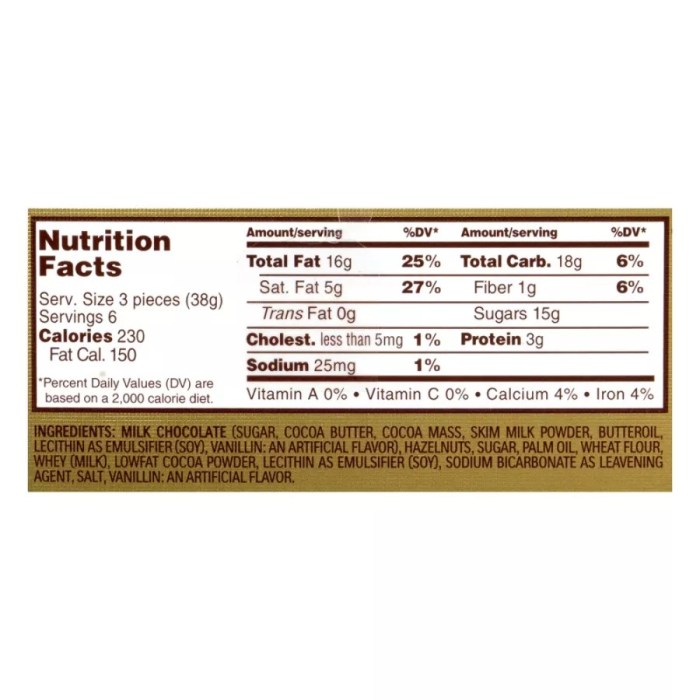Comparing Pricing and Accessibility of Top Men’s Fashion Brands: Top Mens Fashion Brands
Top mens fashion brands – The pricing and accessibility of top men’s fashion brands vary significantly, reflecting differences in brand positioning, target markets, and production costs. Understanding these differences is crucial for consumers seeking value and style within their budget. This analysis examines pricing strategies and accessibility across various brands, providing a clearer picture of the market landscape.
Price Strategies and Target Markets
High-end luxury brands like Gucci and Louis Vuitton employ premium pricing strategies, leveraging their brand heritage, exclusivity, and high-quality materials to justify higher price points. These brands target affluent consumers willing to pay a significant premium for prestige and craftsmanship. Conversely, brands like Uniqlo and H&M utilize value pricing, offering fashionable garments at significantly lower costs. Their target market is the price-conscious consumer seeking affordable style.
Mid-range brands like Ralph Lauren and Tommy Hilfiger occupy a middle ground, balancing quality and affordability to appeal to a broader consumer base. Their pricing strategies reflect a balance between brand image and accessibility.
Accessibility Across Income Levels
The accessibility of these brands varies greatly depending on the consumer’s income level. Luxury brands are inherently less accessible to consumers with lower or middle incomes, due to their high price tags. Mid-range brands offer greater accessibility, providing a balance between quality and affordability. Budget-friendly brands like Uniqlo and H&M are the most accessible, catering to a wide range of income levels.
However, even within these budget-friendly brands, price points can vary, impacting accessibility for consumers with extremely limited budgets.
Hypothetical Price Comparison of Similar Items, Top mens fashion brands
The following table compares the prices of a similar item (a classic white cotton t-shirt) across different brands, highlighting the significant price variations. These prices are hypothetical examples based on typical market pricing and should be considered illustrative rather than definitive.
| Brand | Item | Price (USD) | Reasoning for Price |
|---|---|---|---|
| Gucci | White Cotton T-Shirt | $350 | Luxury branding, high-quality materials, Italian craftsmanship |
| Ralph Lauren | White Cotton T-Shirt | $80 | Premium quality cotton, established brand reputation |
| Tommy Hilfiger | White Cotton T-Shirt | $40 | Good quality, recognizable brand, wider market appeal |
| Uniqlo | White Cotton T-Shirt | $15 | Basic design, affordable materials, mass production |
FAQ Overview
What’s the difference between luxury and premium menswear?
Luxury brands often command significantly higher prices due to exclusive materials, intricate craftsmanship, and heritage. Premium brands offer higher quality than mass-market options but at a more accessible price point.
How do I know if a brand is truly “sustainable”?
Look for transparency in supply chains, ethical labor practices, and the use of recycled or eco-friendly materials. Third-party certifications can also help verify sustainability claims.
Where can I find affordable alternatives to high-end brands?
Many brands offer more affordable lines or collaborations. Check out online retailers and department stores for sales and discounts. Consider exploring independent designers and smaller brands for unique, budget-friendly options.
Top men’s fashion brands today offer diverse styles and high-quality fabrics, a stark contrast to the limitations faced by men in the 1700s. Learning about the hardships of poor 1700s men’s fashion provides perspective on how far menswear has evolved. Modern brands leverage advanced technology and design to create comfortable and stylish clothing options unavailable centuries ago, showcasing significant advancements in the industry.



